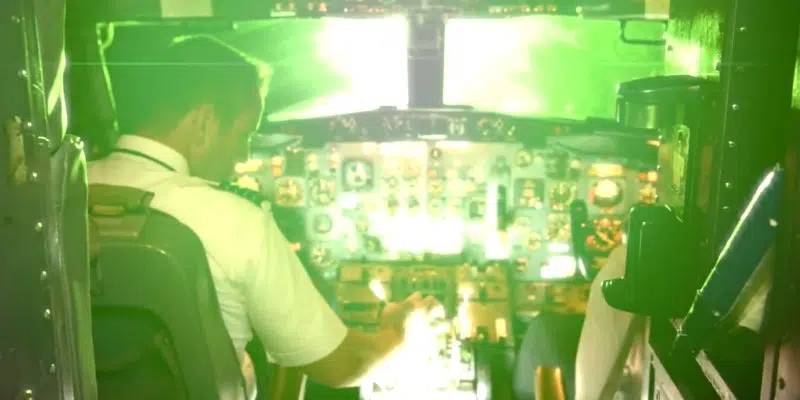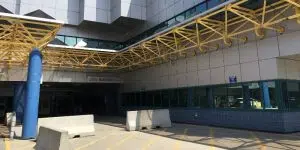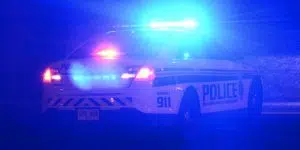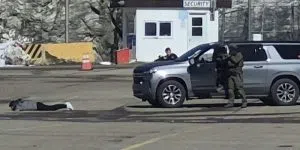Laser strikes targeting aircraft and pilots are on the rise. In 2017, 337 cases were reported nationwide.
Recently a WestJet pilot—on a flight from Newfoundland and Labrador—was placed on medical leave after he was struck in the eye by a laser on approach to Orlando International Airport. As well, RCMP are investigating what they believe was a laser strike on a plane at the Gander Airport earlier this month.
Previous story:
Pilot on Medical Leave After Laser Strikes Eyes on Flight
Commercial pilot and president of CloudBreaker, Chris LeGrow says as technology advances, lasers are becoming smaller and more powerful.
He describes it like driving on the highway in a small car, when a truck approaches you with high-intensity lights. While that light may blind you for a second, a laser hitting a cockpit is 100 times worse. When a laser hits the glass in the cockpit of a plane, it disperses.

(Effects of sunlight while driving a car. Example in PSA published by Transport Canada.)
LeGrow says laser strikes are one of the top safety issues that commercial pilots face, along with fatigue and drones. Pilots have been trained to put their heads down when they see a strange light.
Laser strikes often happen at a critical time of flight—less than a minute from 1,000 feet down—when pilots are concentrating on landing the plane. He says it happened to him once and it has happened to most of his colleagues.
It’s #NotABrightIdea to carry a hand-held #laser in a prohibited zone without a valid reason. You could be fined up to $5,000. To learn more: https://t.co/6rBGaW8bYn pic.twitter.com/TvPiH4HBso
— Transport Canada (@Transport_gc) May 23, 2019
If caught hitting a plane with a laser, the offender could face a $100,000 fine, and up to five years in prison.
Read information on the ‘Not a Bright Idea’ campaign, and legalities surrounding laser pointers at this website.
Chris LeGrow spoke with Paddy Daly on the VOCM Morning Show. Listen below:

















